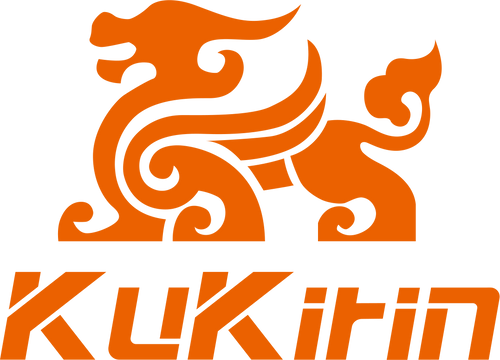Explore the world of E-Scooter suspensions in our comprehensive guide. From understanding suspension types—spring, hydraulic, air, rubber, swingarm, and dual—to the importance of customization and maintenance, discover how a well-designed suspension system ensures a smooth and enjoyable electric scooter ride. Unlock the full potential of your ride.
What is Suspension?
Suspension refers to the system of springs, shock absorbers, and linkages that connect a vehicle to its wheels. The primary purpose of suspension is to manage the impact of uneven surfaces, providing a comfortable and controlled ride for the rider.
Why is Suspension Important in Electric Scooters?
In electric scooters, suspension plays a pivotal role in rider comfort, safety, and overall performance. Riders may experience discomfort and fatigue due to vibrations and shocks without effective suspension, especially on bumpy terrains. A well-designed suspension system enhances stability, maneuverability, and control, ensuring a smoother and safer journey.
What Types of Suspension Are Used on Electric Scooters?
Various types of suspension systems are employed in electric scooters, each offering unique advantages. Common types include:
A. Spring Suspension:
Utilizes coiled springs to absorb shocks.
Spring suspensions are cost-effective and boast a simple design, making them budget-friendly and easy to understand. So spring suspensions are some of the most popular designs on E-scooters. However, they may lack adjustability and struggle on extremely bumpy terrains.
B. Hydraulic Suspension:
Relies on hydraulic fluid to dampen vibrations and shocks.
Hydraulic suspensions excel in shock absorption, providing a smooth ride with responsive reactions to varying terrains. Despite being more expensive and requiring additional maintenance, they offer customizable settings for compression, rebound, and preload.
To optimize damping capabilities, the integration of hydraulic suspension cartridges with spring suspension proves to be an effective enhancement, and this type of suspension often be used in premium electric scooters like KuKirin G2 Master All-Terrain Electric Scooter.

C. Air Suspension:
Uses compressed air to adjust the scooter's height and absorb shocks.
Air suspensions are known for their customization options and lightweight design. However, their complexity may result in higher manufacturing costs and potential issues with air leaks that need prompt attention. Plus air suspensions may be ineffective because of the small clearances of the most electric scooter designs, so they are rarely used on e-scooters.
D. Rubber Suspension:
Utilizes rubber components as the primary source of damping and shock absorption.
Rubber suspension, also known as elastomeric suspension. This type of suspension system is commonly found in smaller electric scooters and bicycles. The rubber elements absorb and dissipate vibrations and impacts, providing a smoother ride. Rubber suspensions are often lightweight, cost-effective, and low-maintenance, making them suitable for urban commuting. However, they may lack the level of adjustability and customization offered by hydraulic or air suspensions.
E. Swingarm Suspension:
Involves a single or dual-sided swingarm attached to the rear wheel, providing a pivot point for movement.
The swingarm suspension allows for vertical movement of the wheel, absorbing shocks and maintaining traction. This type of suspension is known for its stability and is often used on more powerful electric scooters. The KuKirin G3 Pro Electric Scooter is an example of a high-performance electric scooter that uses dual swingarms (combined with spring suspension).

F. Dual Suspension:
Combines both front and rear suspension for optimal shock absorption.
Combining both front and rear suspensions, dual systems offer comprehensive shock absorption and enhanced stability. While contributing to a smoother ride, dual suspension scooters may be heavier and come with a higher price tag due to added components and complexity.
The Best Way to Adjust the Electric Scooter with Suspension
Adjusting the suspension on an electric scooter is essential for tailoring the ride to personal preferences and terrain. Riders can customize settings such as preload, compression, and rebound to achieve the desired balance between comfort and performance. Experimenting with these adjustments can lead to a more enjoyable riding experience.
Suspension Maintenance
To ensure the longevity and effectiveness of the suspension system, regular maintenance is crucial. Periodic checks on the condition of springs, shocks, and other components, along with proper lubrication, will contribute to a consistently smooth ride. Understanding the manufacturer's recommendations for maintenance intervals is key to keeping the suspension in top-notch condition.
Conclusion:
In conclusion, the suspension system is a fundamental aspect of electric scooters that significantly influences the overall riding experience. Whether navigating busy city streets or cruising along scenic paths, a well-designed suspension system, such as the hydraulic suspension in the KuKirin G2 Master Electric Scooter, ensures a ride that is both efficient and enjoyable. Regular maintenance and proper adjustment are the keys to unlocking the full potential of your electric scooter's suspension system.
